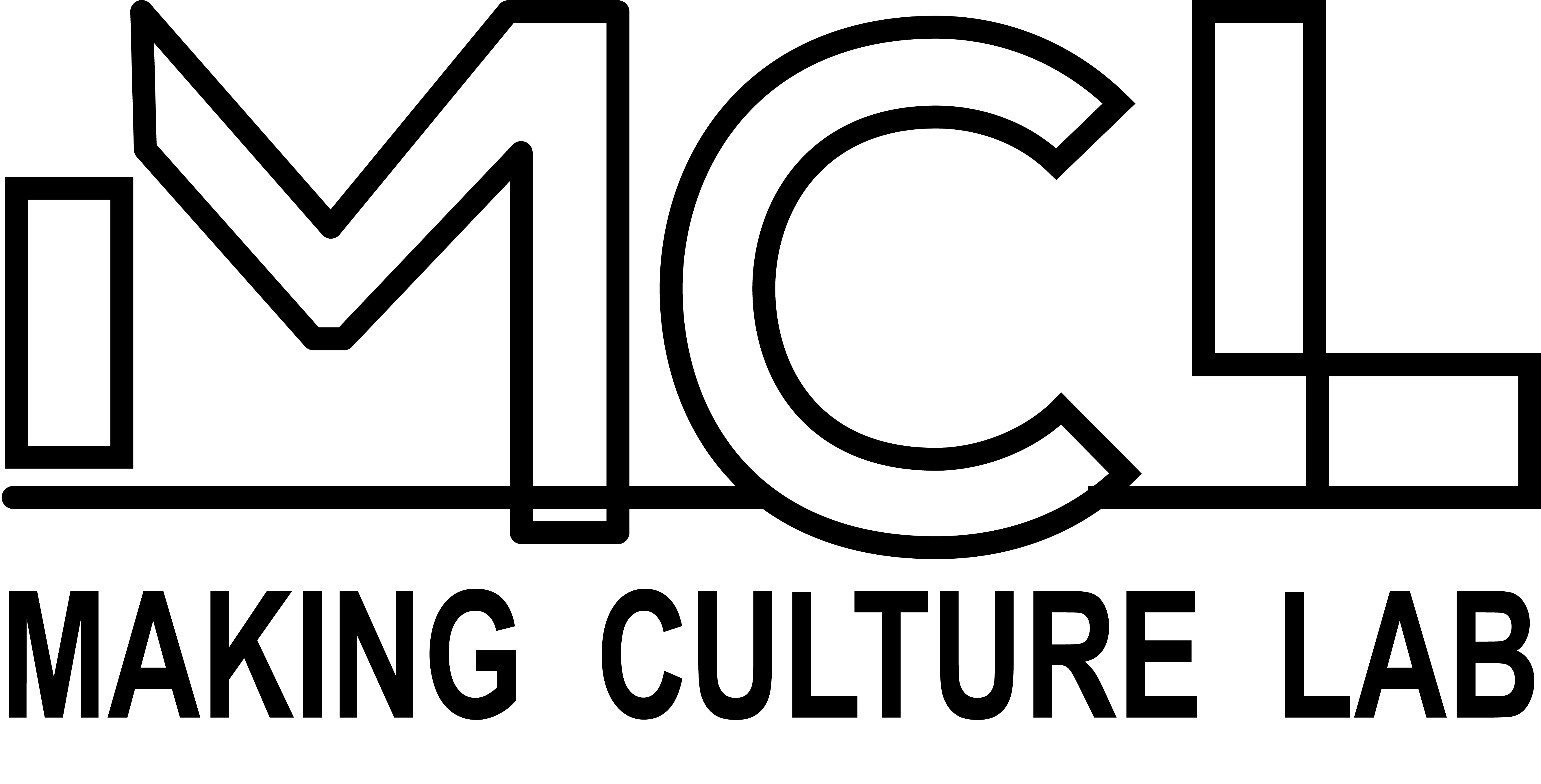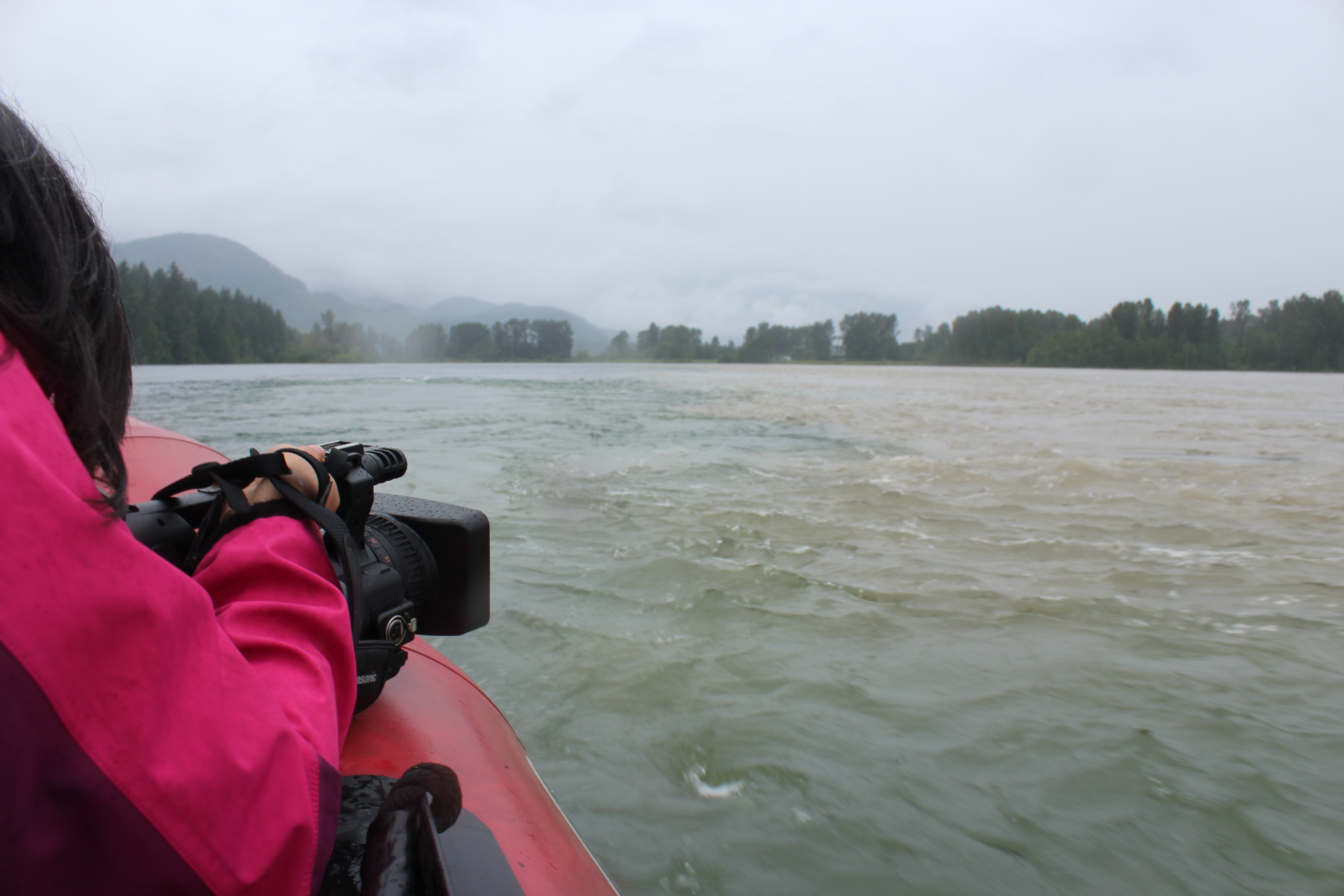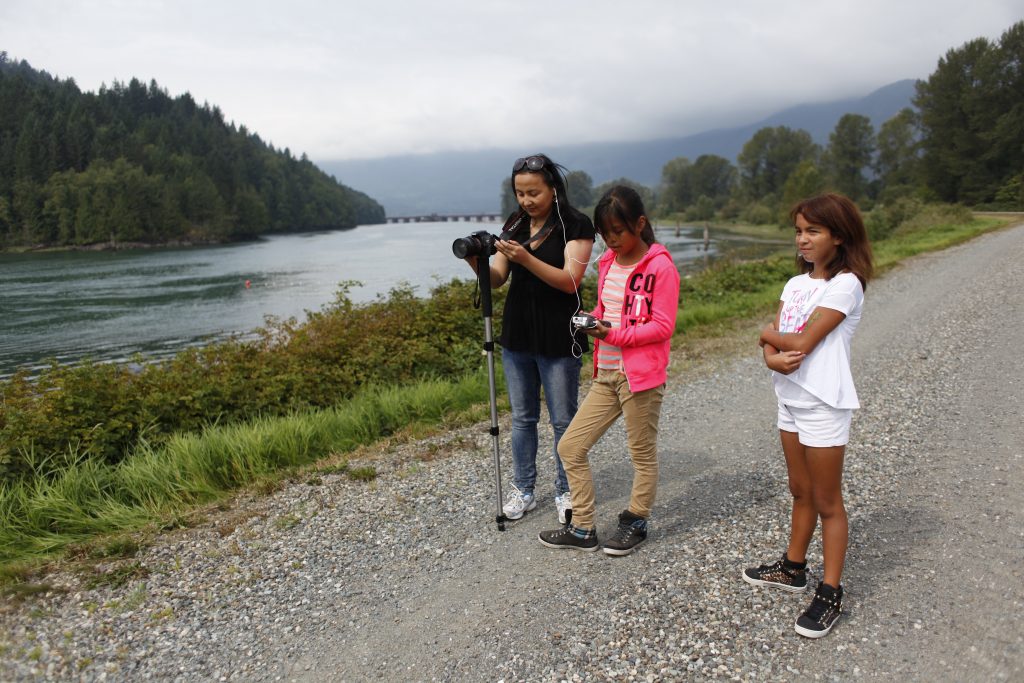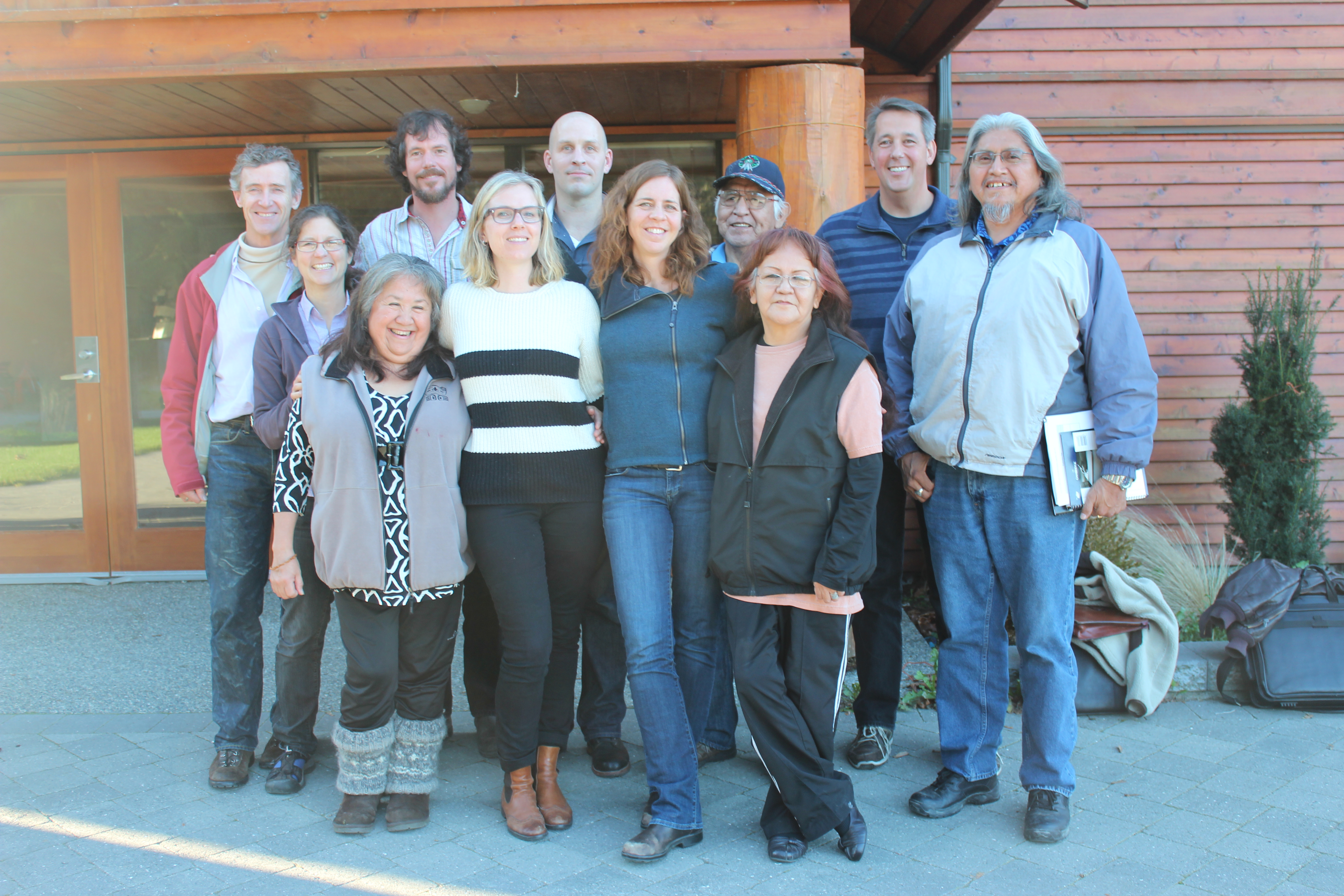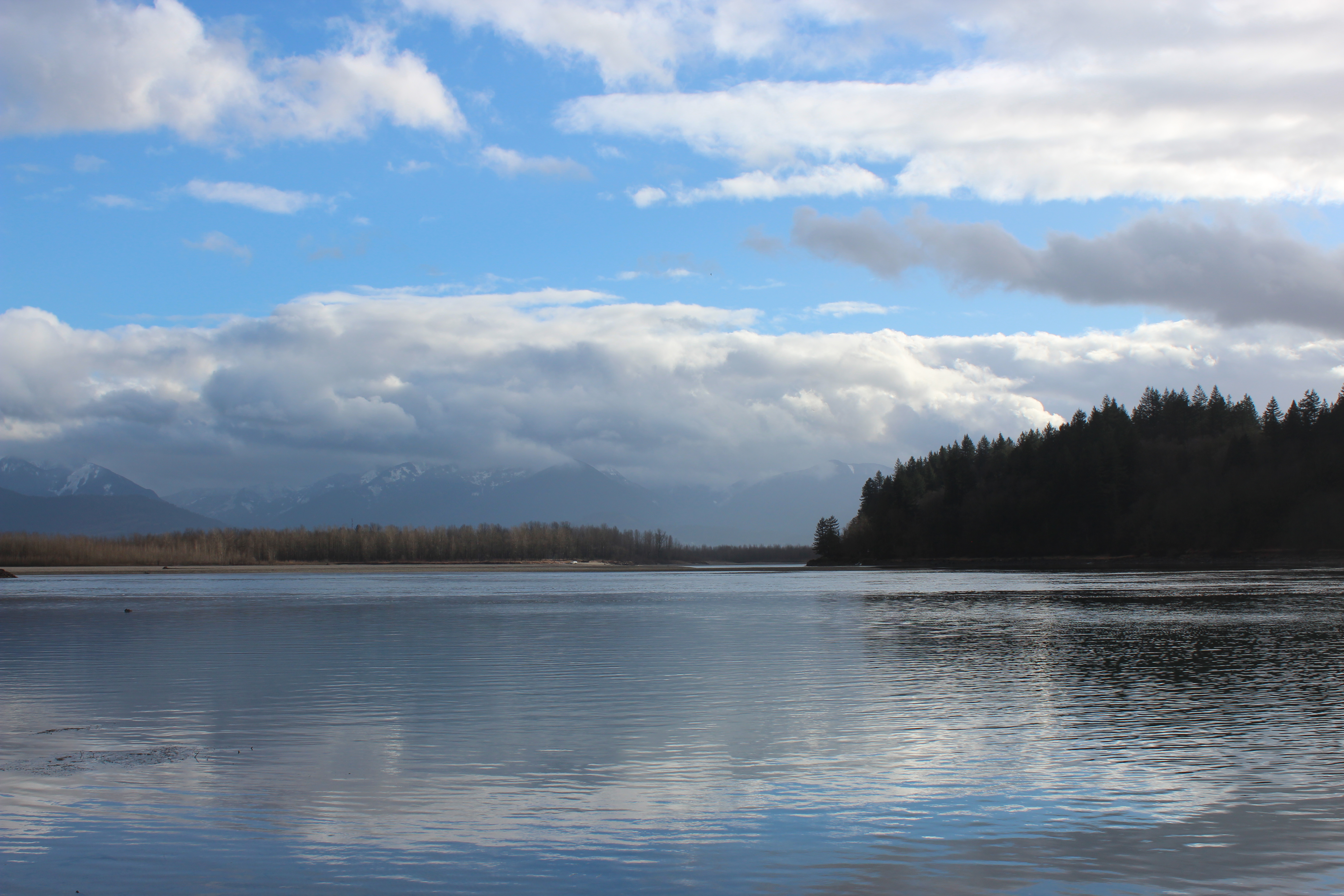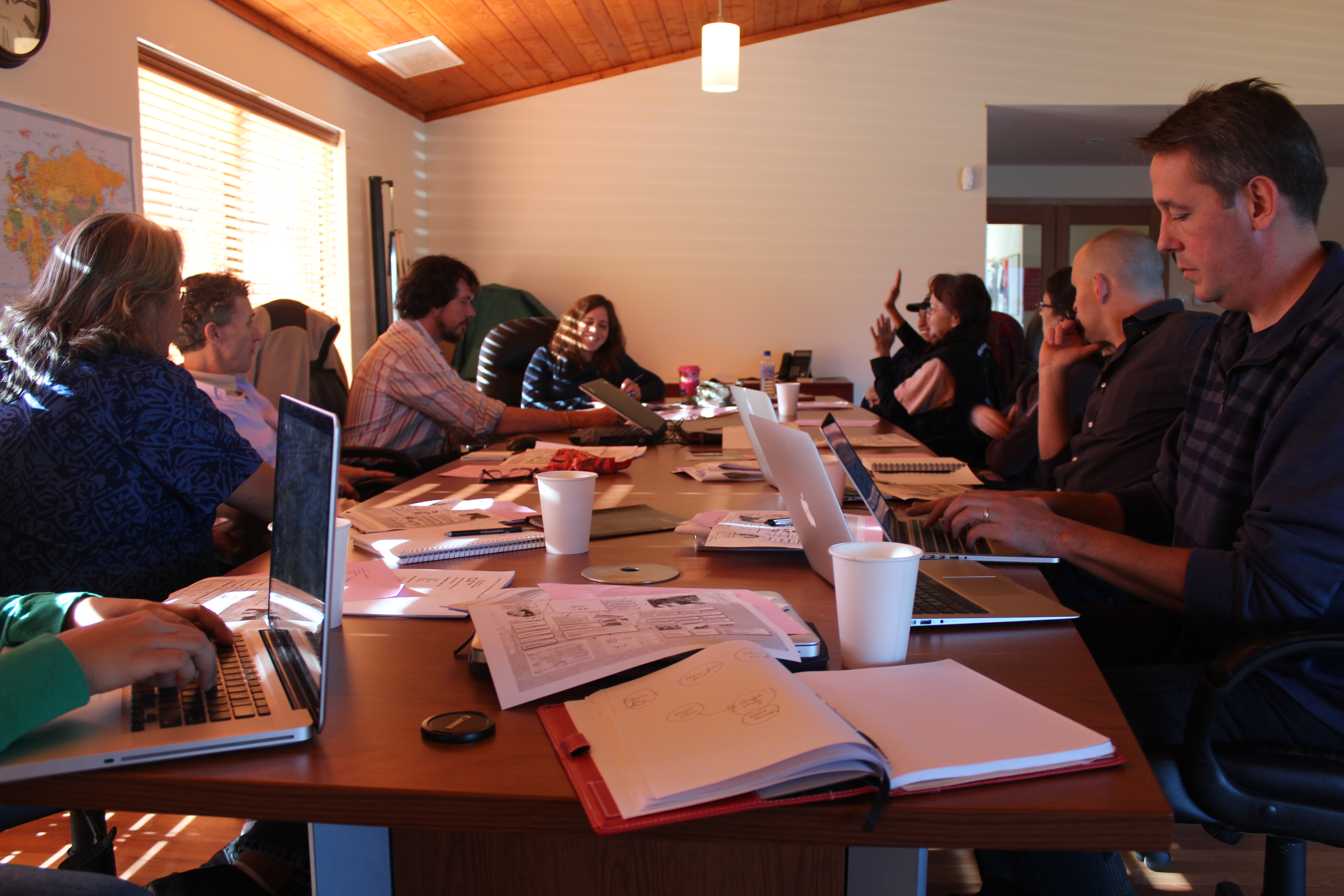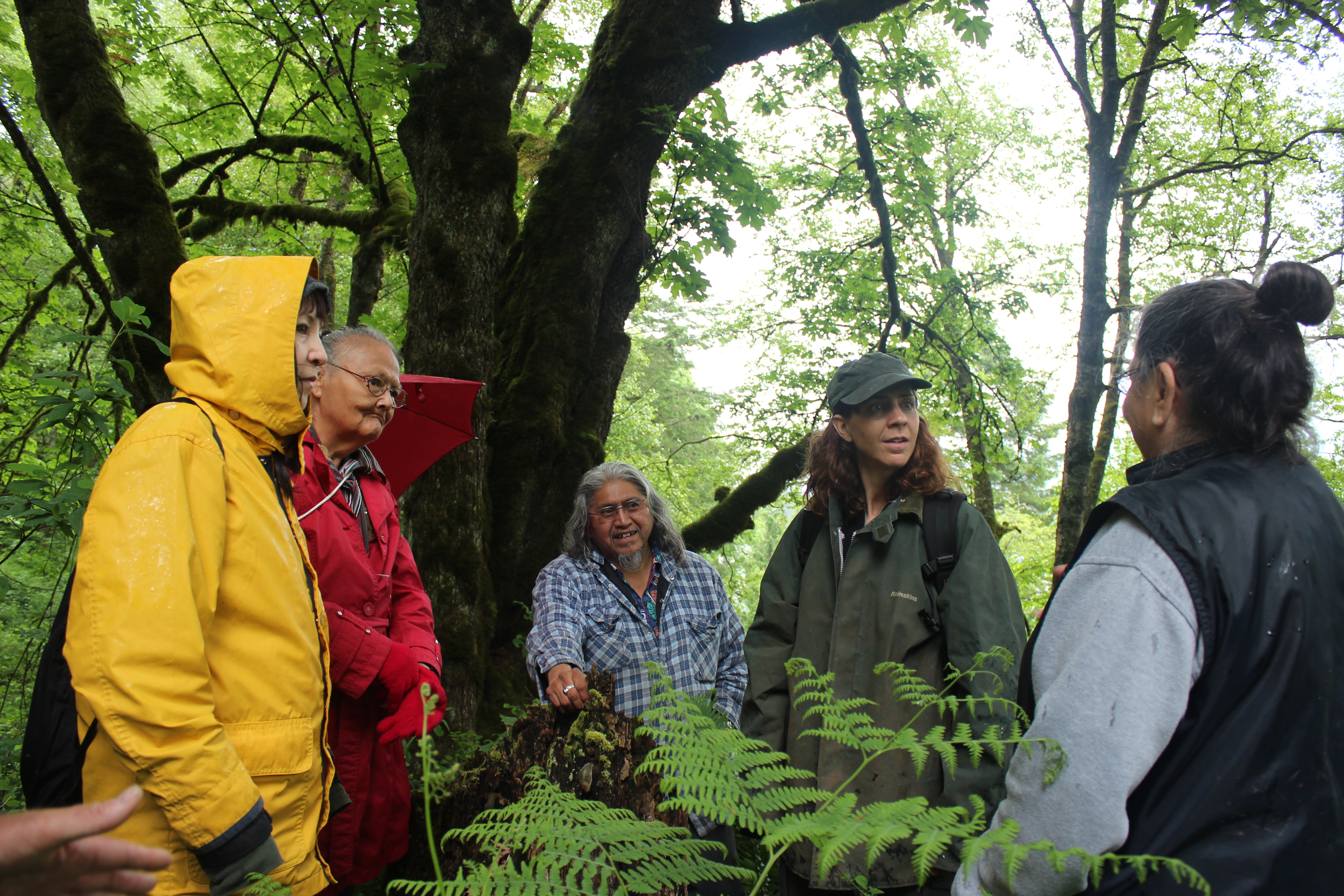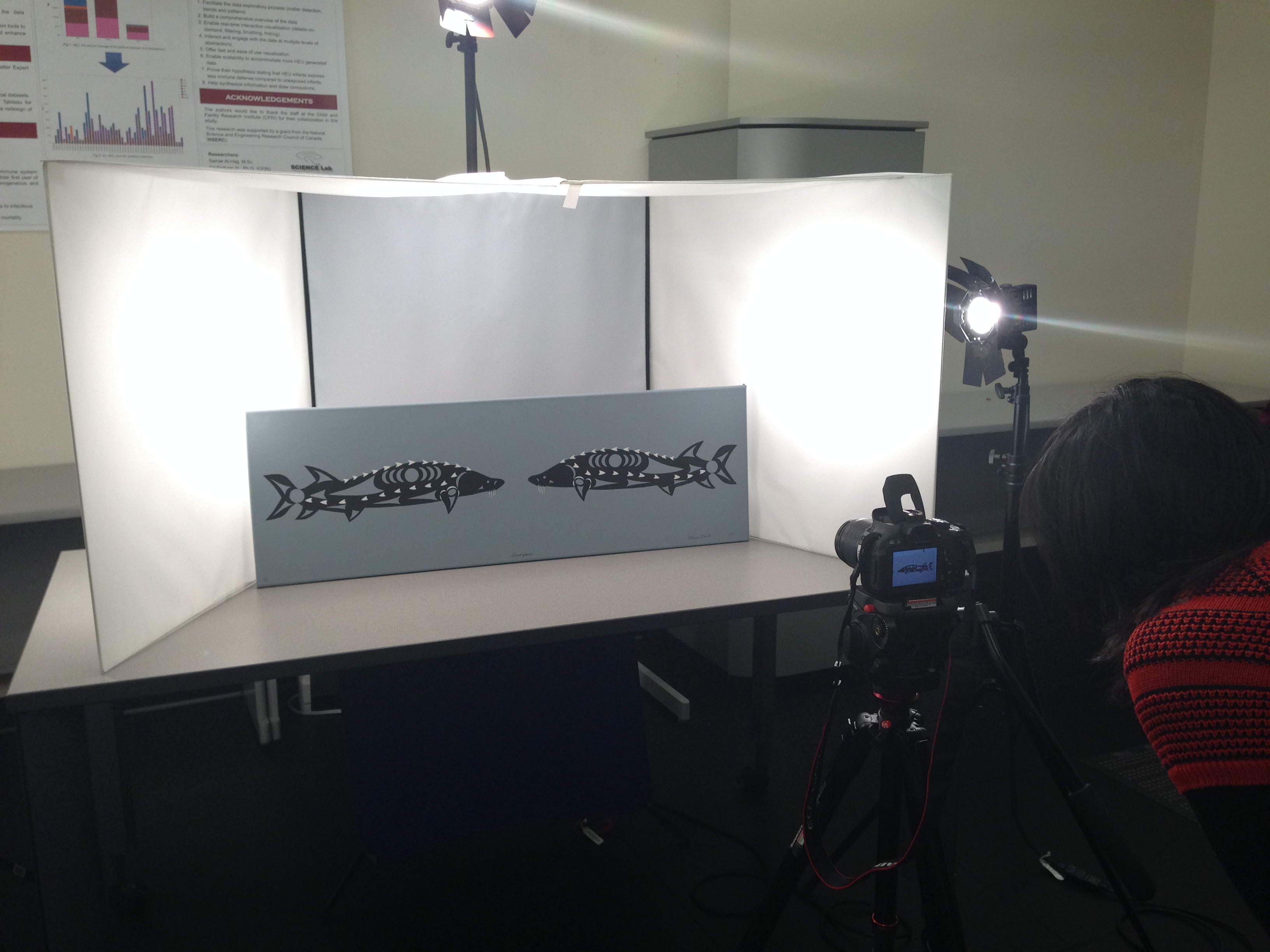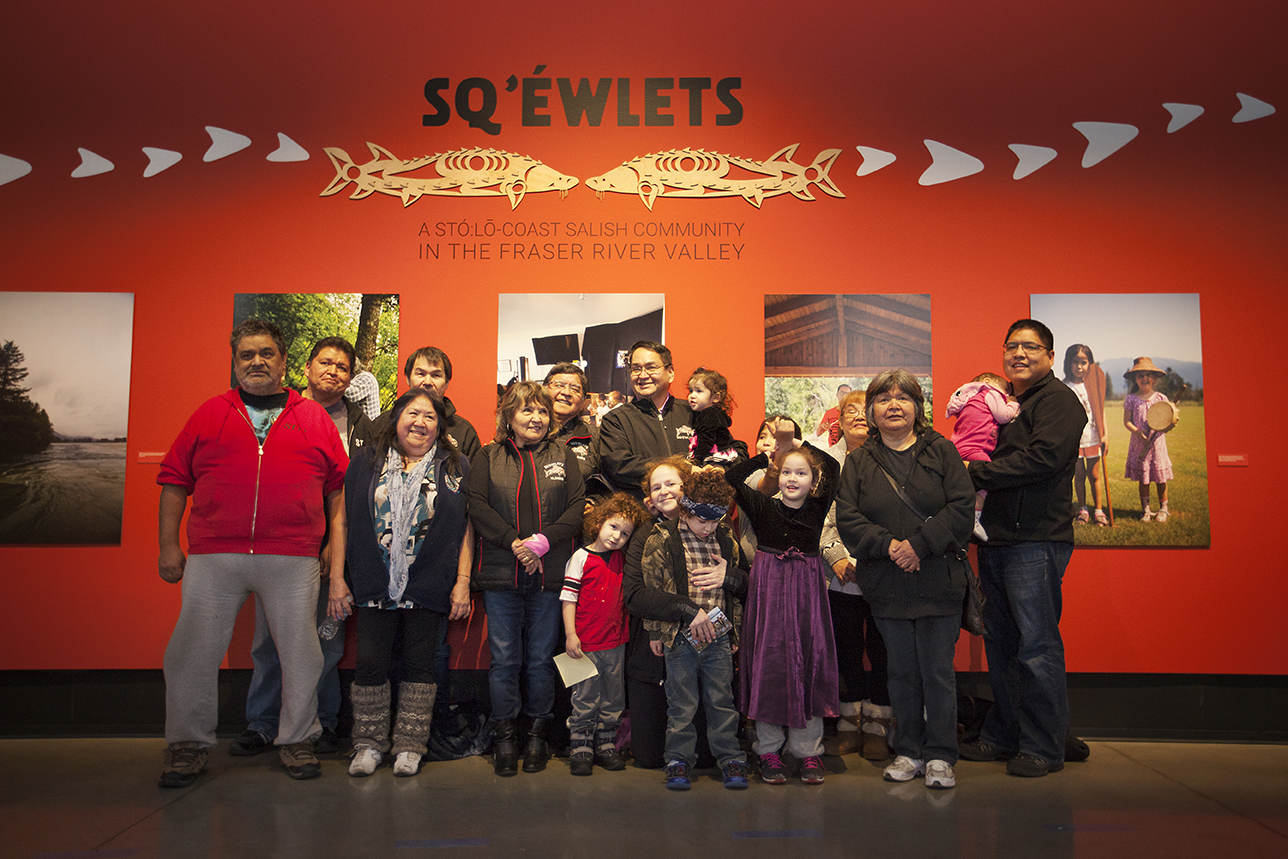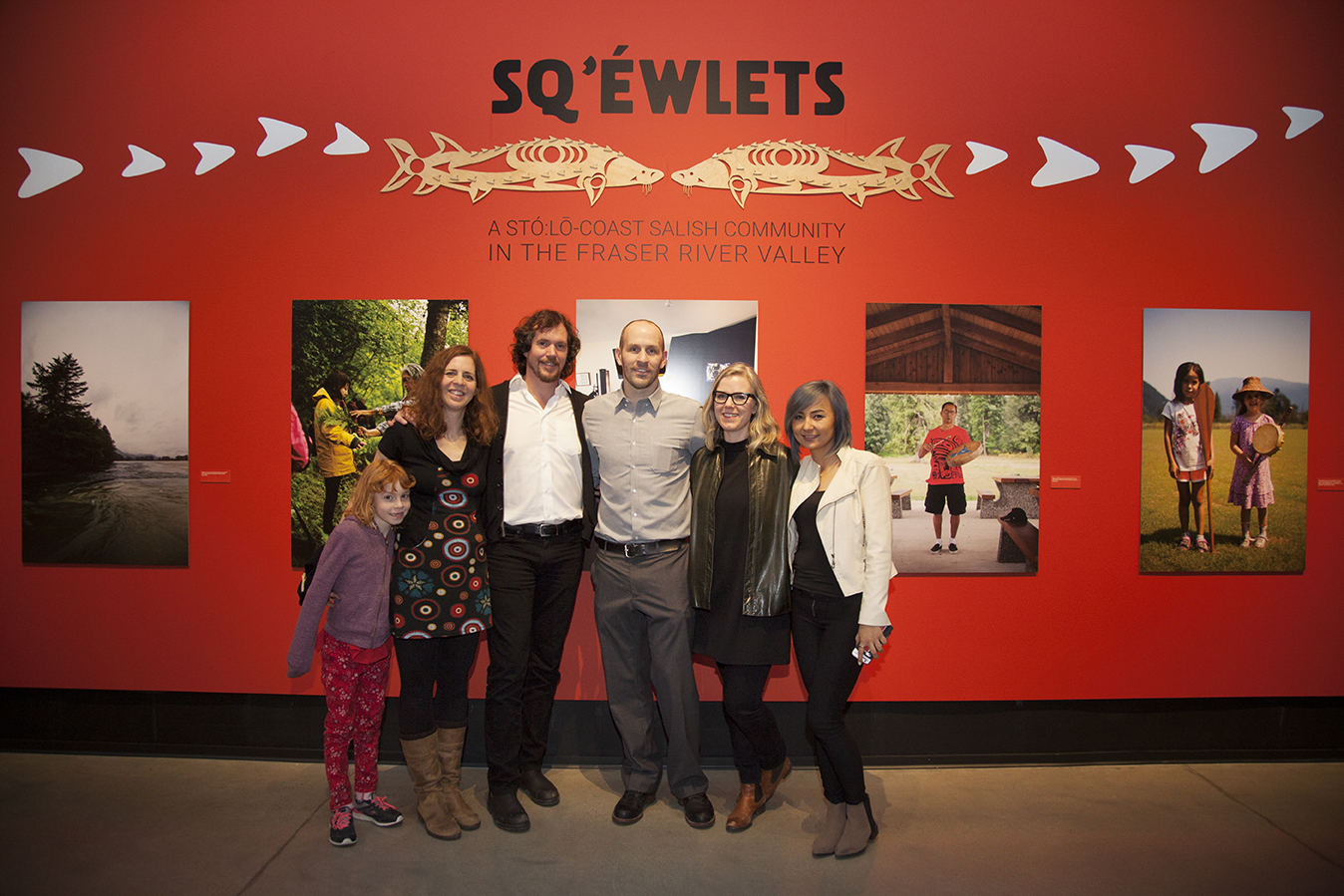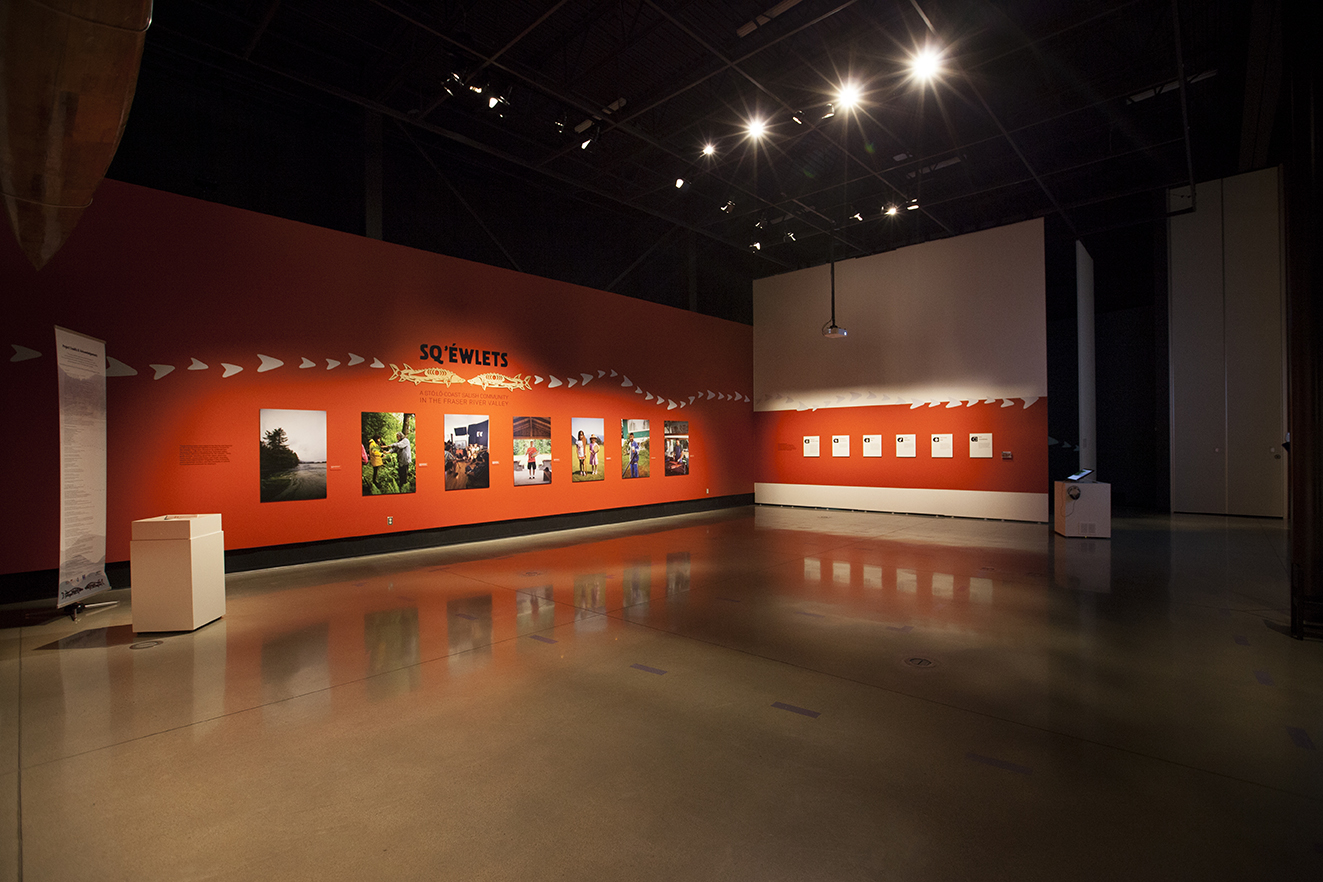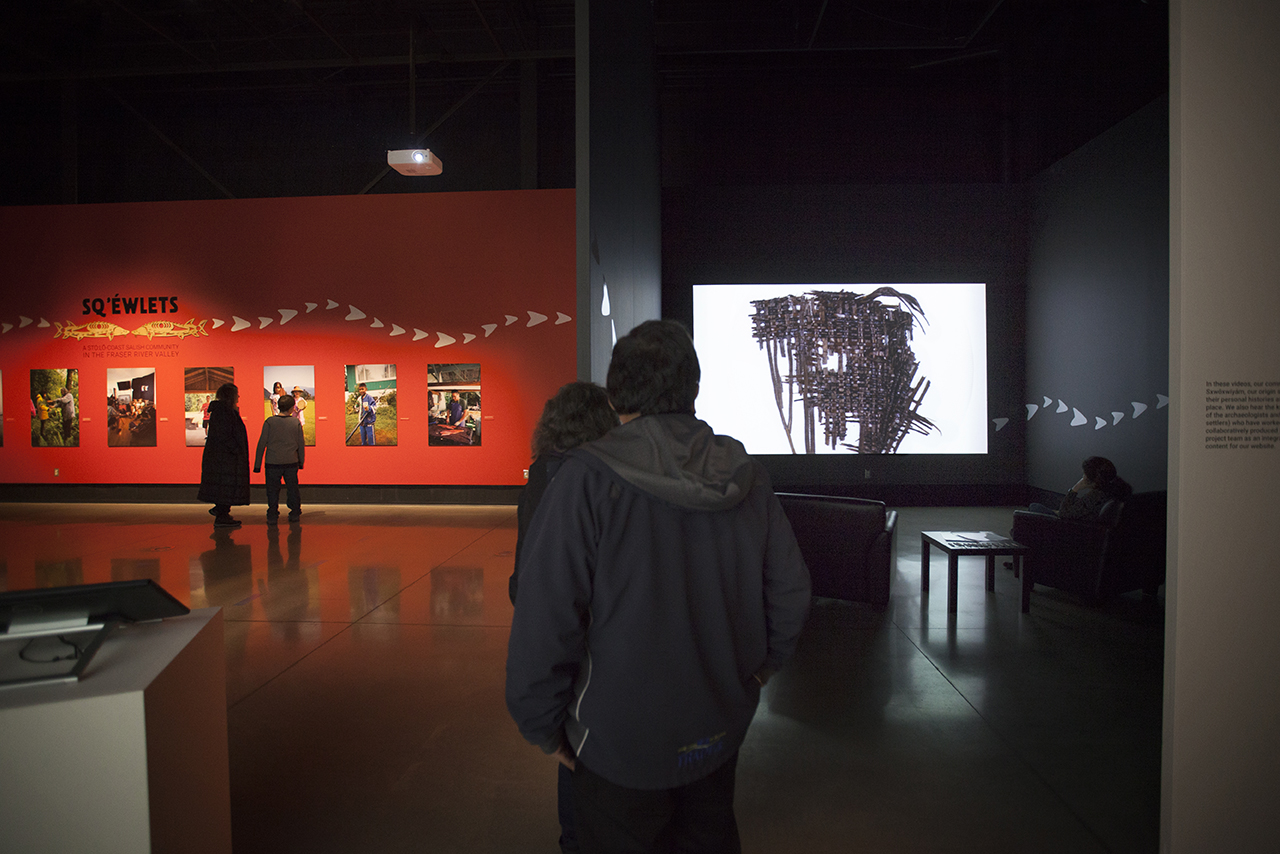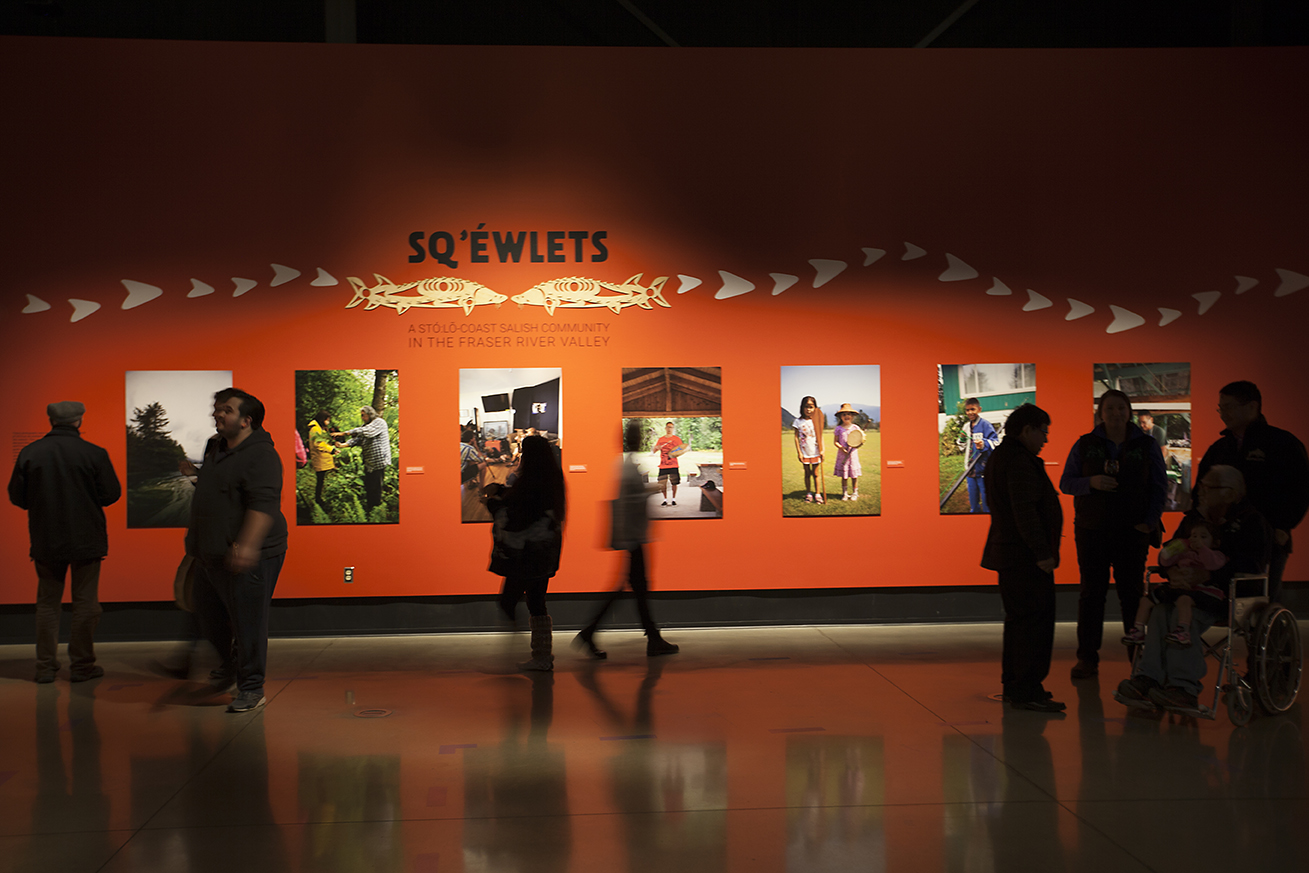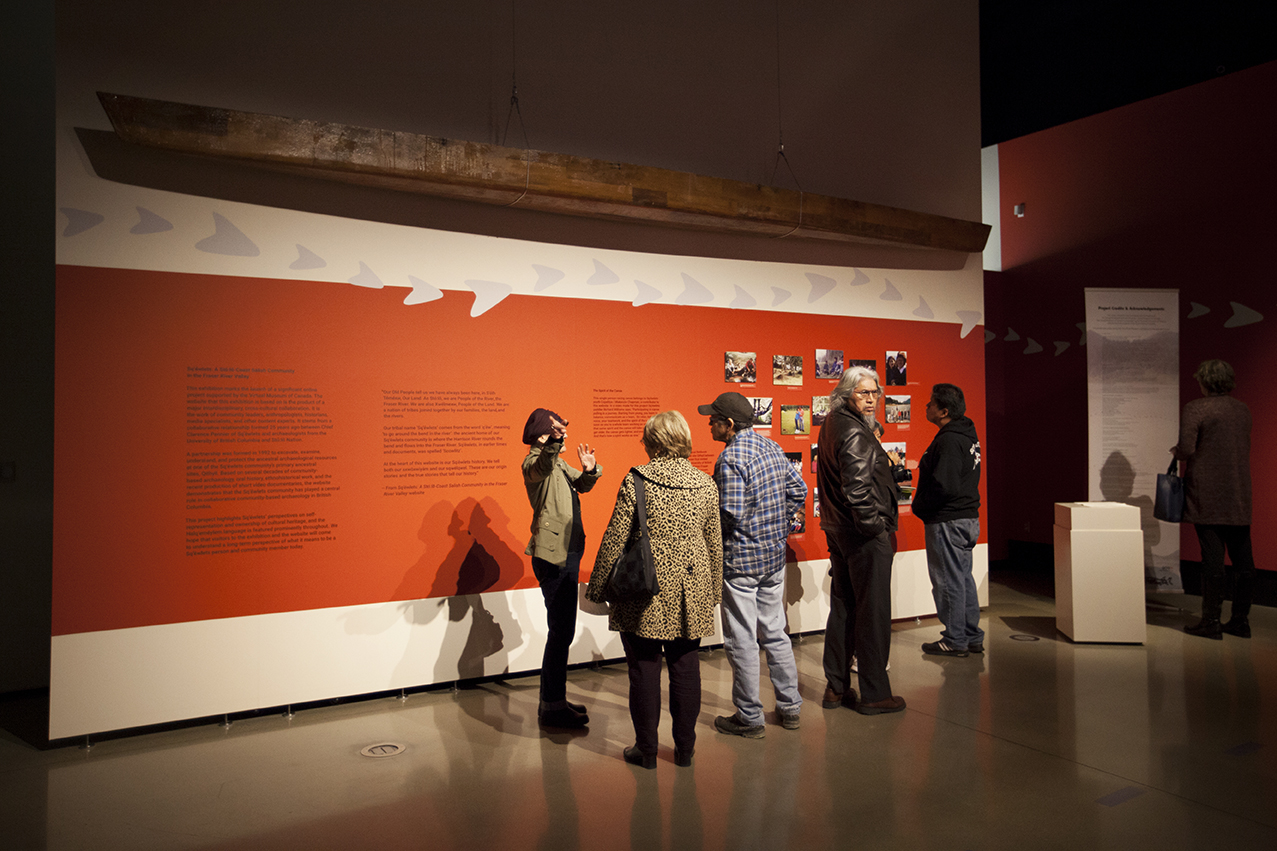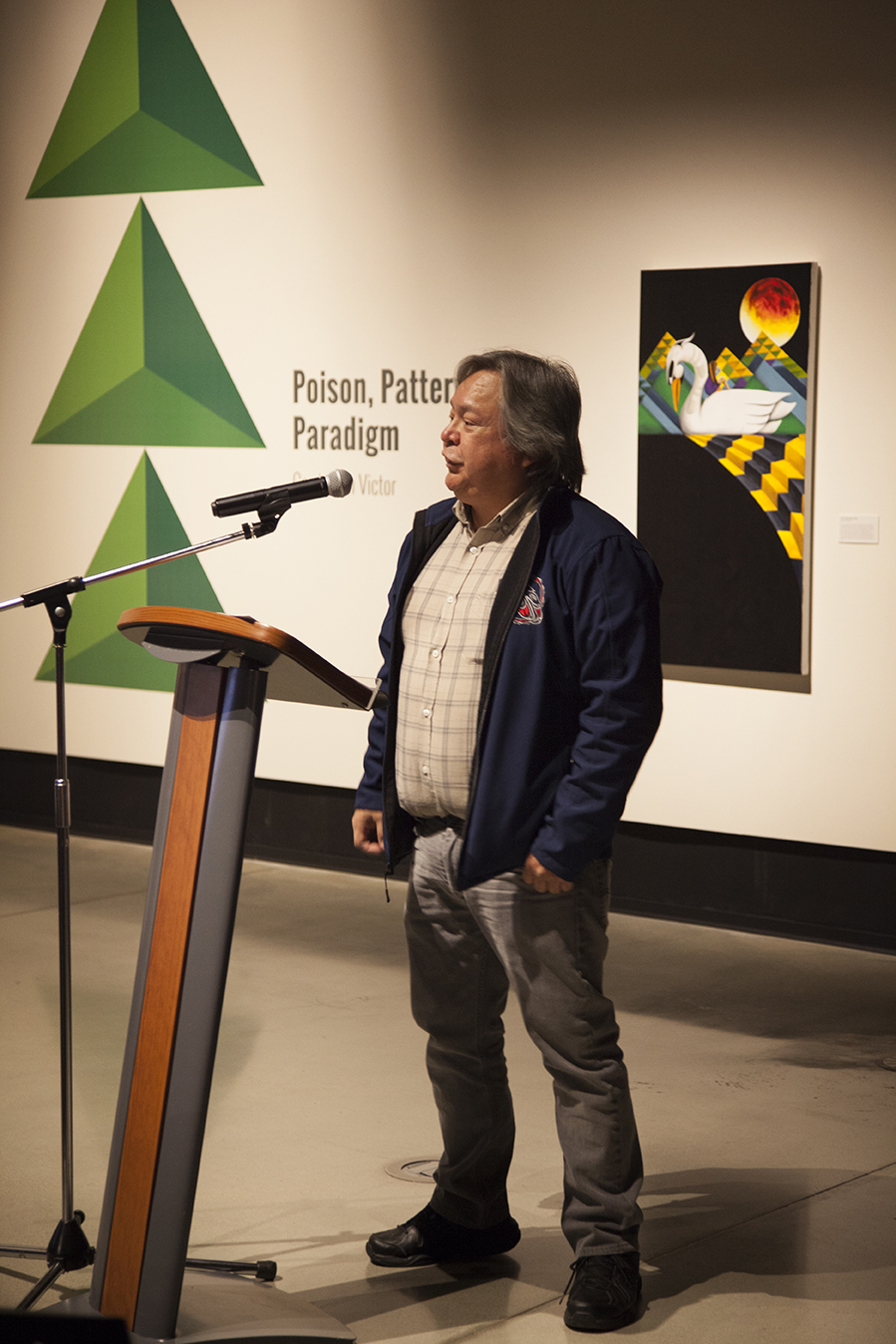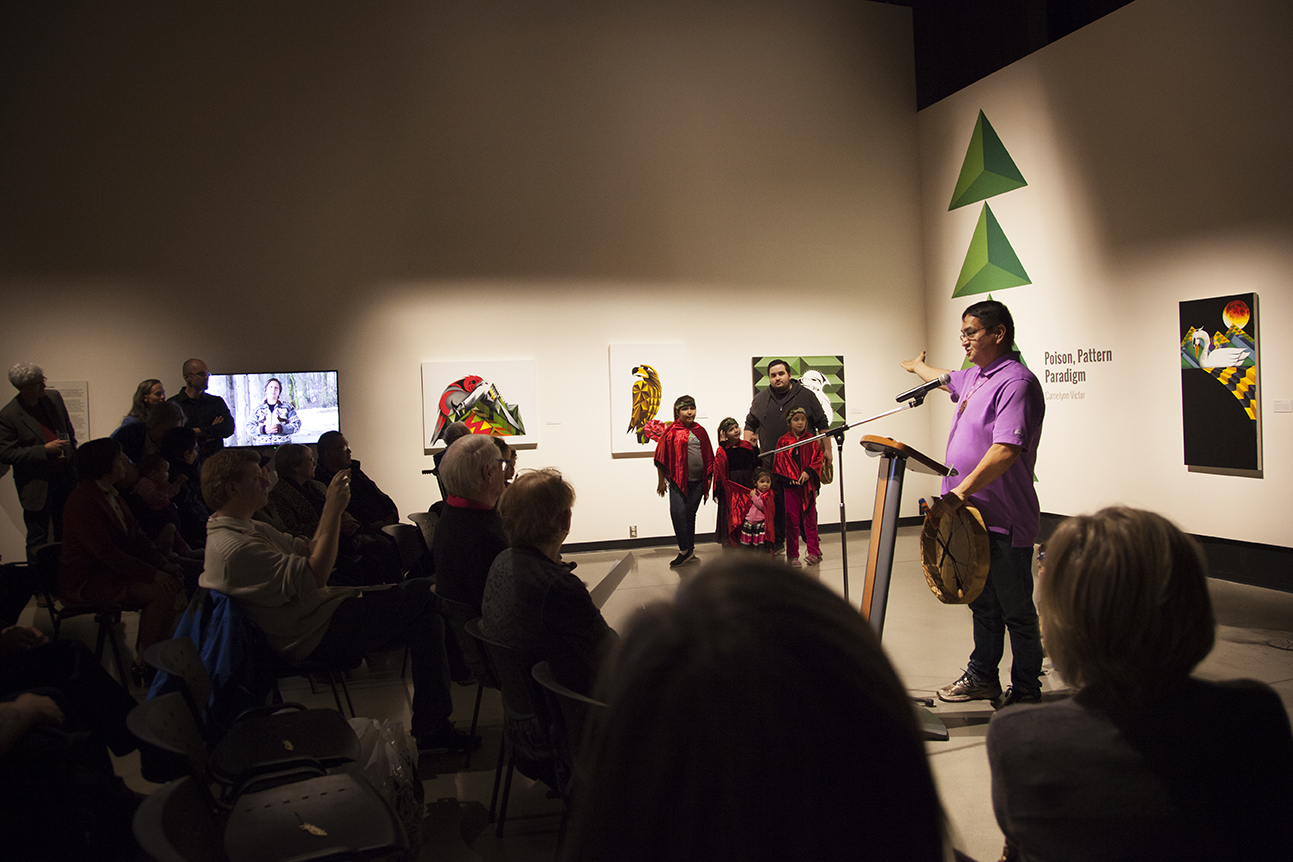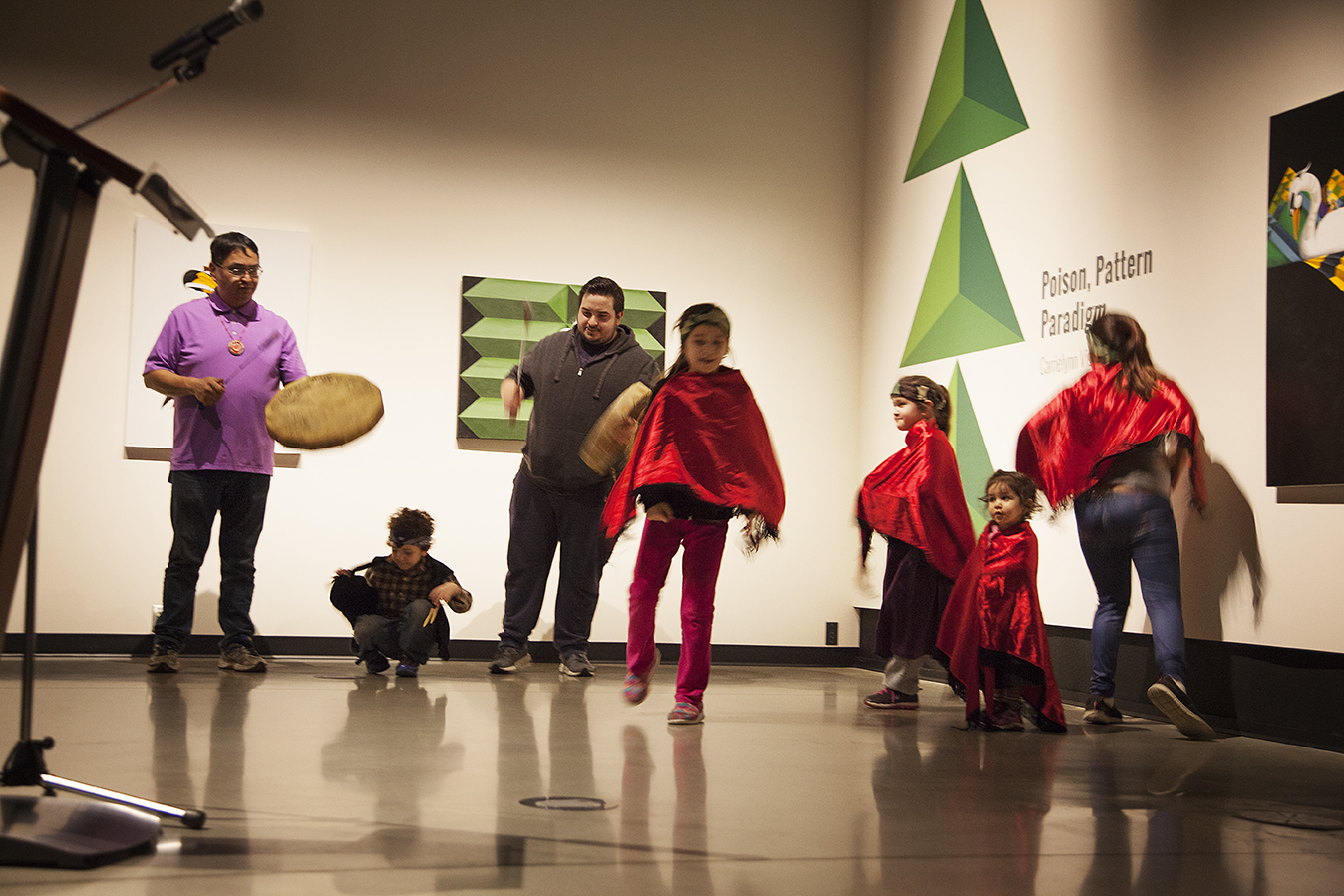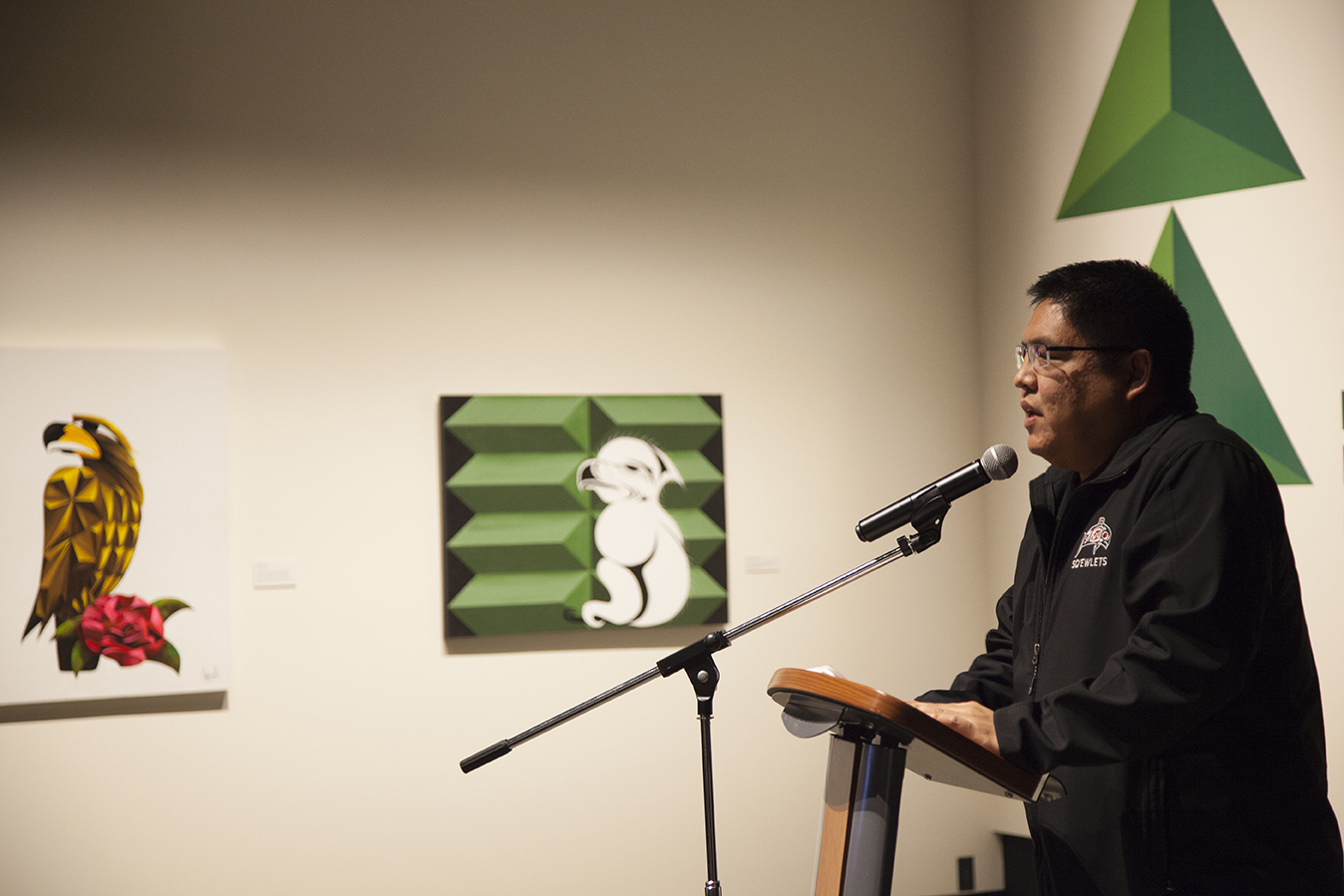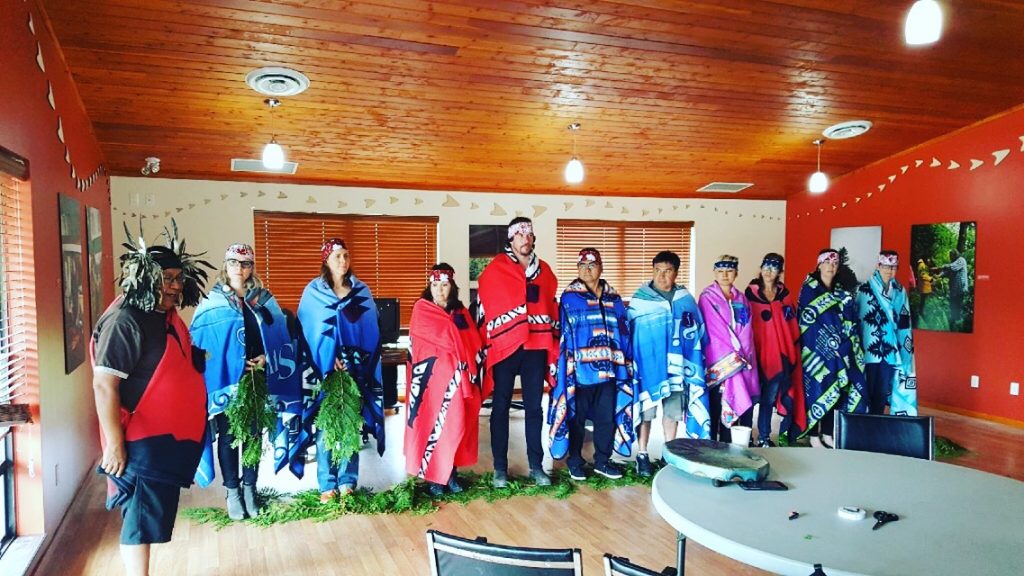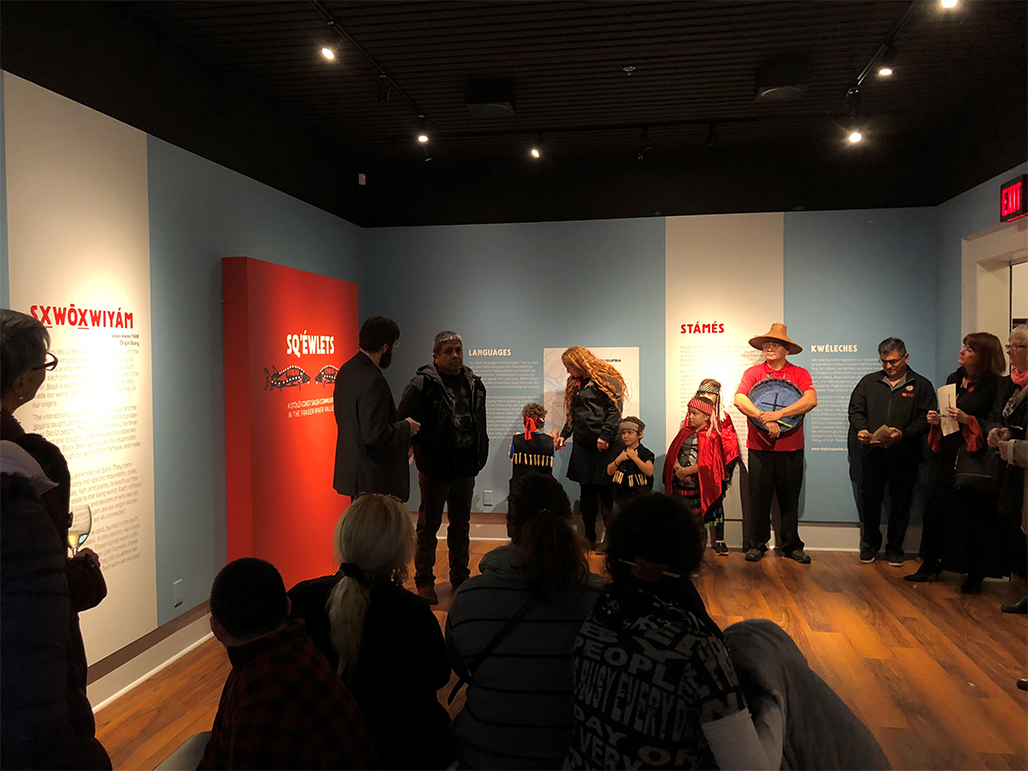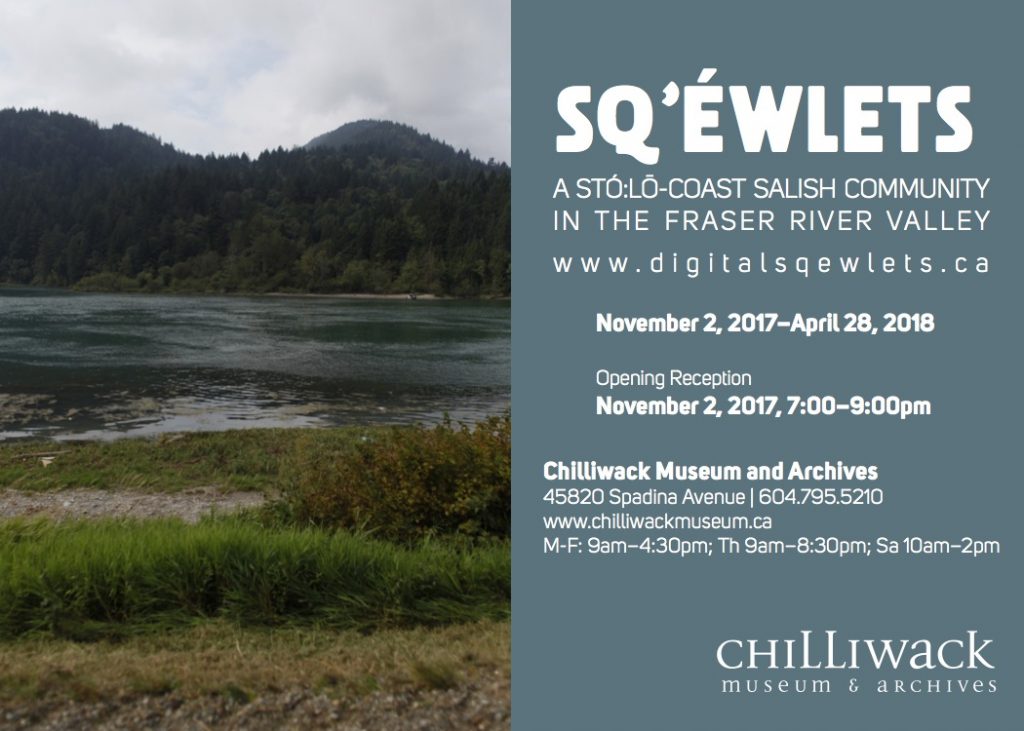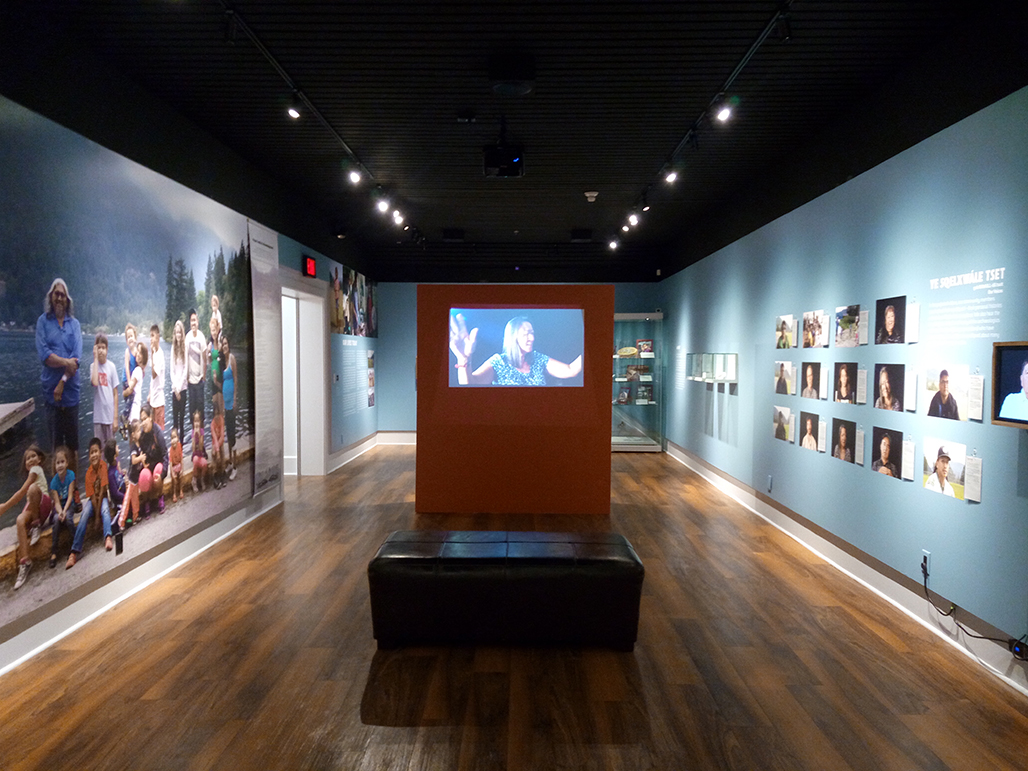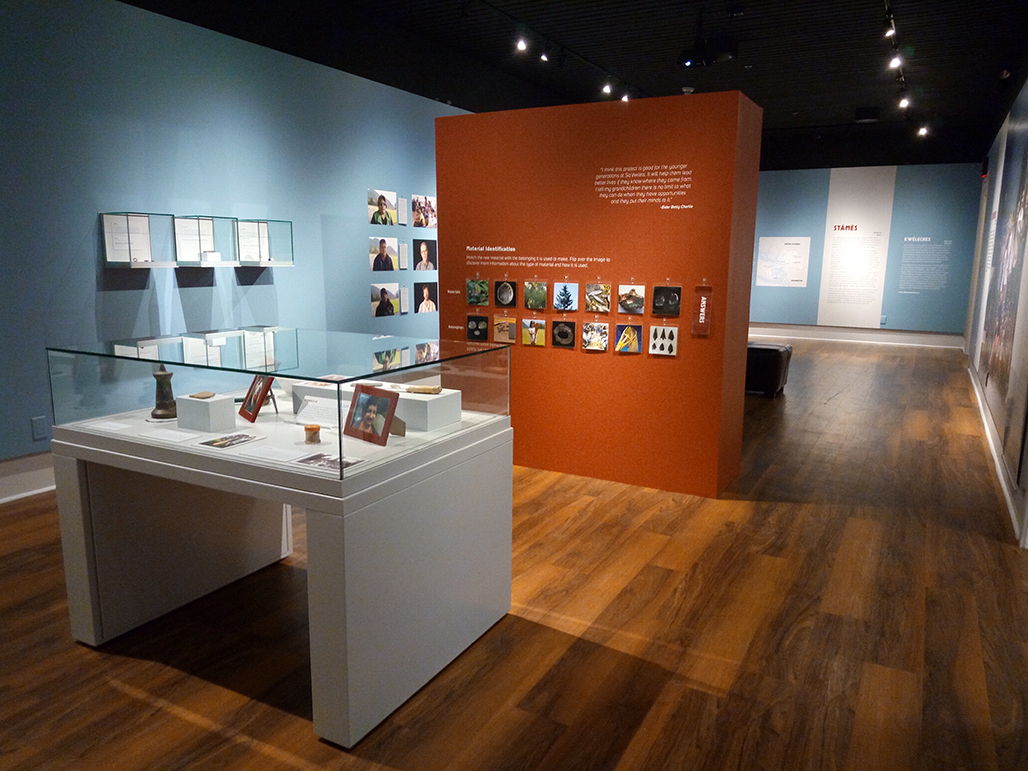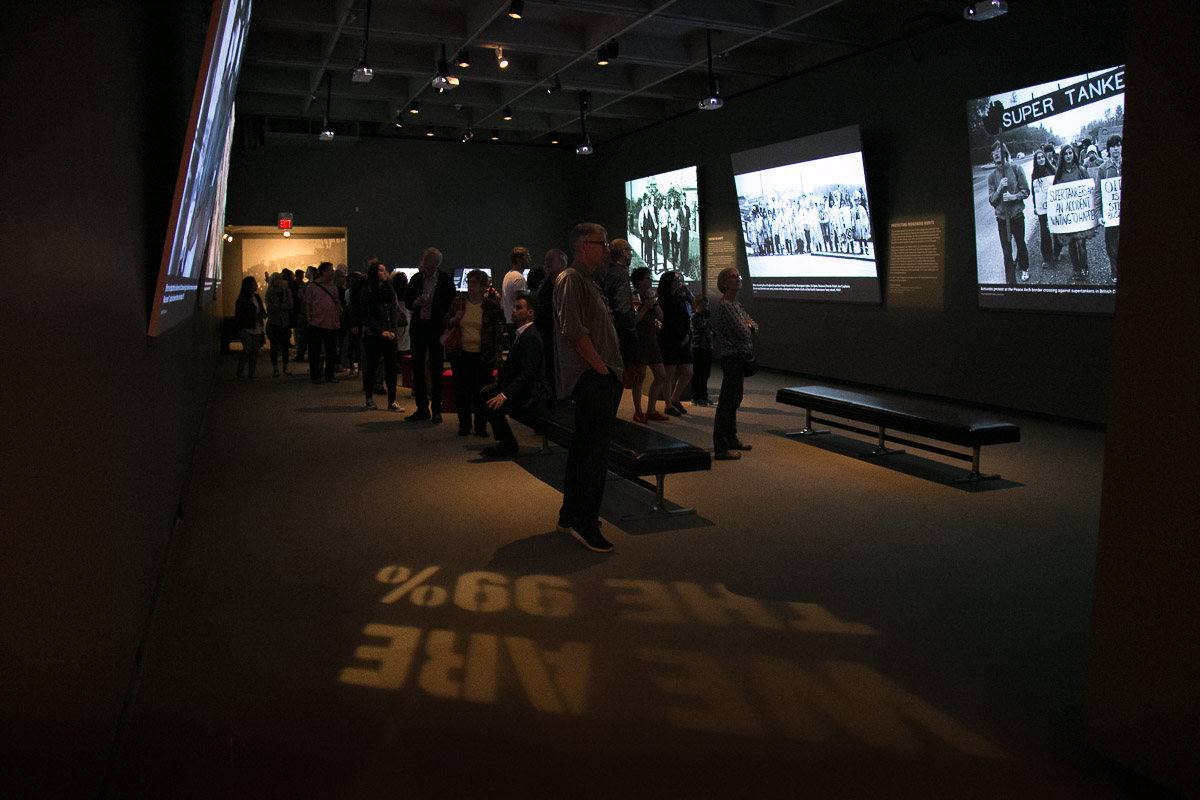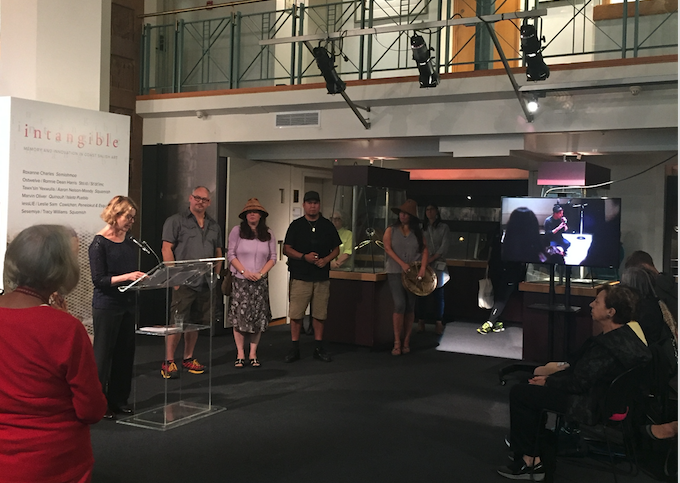Aynur Kadir | Curatorial and Multimedia Highlights
Since I joined the Making Culture Lab team in 2012, I have had many opportunities to develop my skills in physical and digital exhibition design. In addition to my doctoral research, which includes the development of a Digital Dastan Archive and a Moving Image teaching practice, I have had the privilege of participating in many collaborative film projects and in the design and curatorial development of museum exhibitions, both virtual and physical. Three of the most significant of these collaborative projects were: Sq’éwlets: A Stó:lo-Coast Salish community in the Fraser River Valley (digitalsqewlets), the Intellectual Property Issues in Cultural Heritage Project (IPinCH) and Ethnographic Terminalia. I have also worked with Simon Fraser University students to collaboratively produce and curate documentary videos that have been important parts of recent exhibitions at the Museum of Vancouver and the Bill Reid Gallery. These projects have allowed me to hone my community-based research skills, and have given me the opportunity to broaden my multidisciplinary knowledge in participatory media production.
The Sq’éwlets project is a digital community biography centering on the Sq’éwlets First Nation. This is a community-based, collaborative virtual museum that was produced from 2012 to 2017 with funding from Virtual Museum of Canada. I was the primary videographer, and in this capacity I contributed parts of 21 video pieces including 6 short documentaries, 12 video quotes, 2 traditional stories and one introductory video for the project. I participated in every step of pre-production, including lighting, video and sound recording as well as in the post-production of these films. The community consultation process and the participatory feedback from community and team members during the editing was a very rewarding experience (Please see the story of our project and the films). This project was awarded the 2017 Participatory Media Award by the Society for Visual Anthropology’s Film and Media Festival.
I have played an important role as a photographer, design assistant, web-curator, and digital archivist during the 5-year process to complete this project. Each visit to the Sq’éwlets community to consult with the elders and the other team members brought me feelings of joy and respect. This project has given me much insight into the composition of my dissertation project, a similar virtual museum in the Uyghur community I grew up in Northwest China, which also possesses an endangered oral history. The success of this project demonstrates the quality of my work, in which every step and every detail matters. As the exhibition was launched, the online exhibit was transformed into a number of physical exhibitions, resulting in a broader reach in the community. During the design and installation stages I participated as a concept artist, media producer, curator, and technician. I utilized my technical skills such as, laser cutting, post-production of images and videos in the appropriate format and coding for the Raspberry Pi installation. The interactive exhibitions of this project were held at: 1) the Bill Reid Centre at Simon Fraser University.; 2) The Reach Gallery in Abbotsford; 3) the Sq’éwlets Band Hall office and 4) the Chilliwack Museum & Archives
July 2016:
The installation at the Bill Reid Centre at Simon Fraser University was one of the first transformations of our virtual site to a physical space. I provided collaborative assistance in fundamental aspects of the installation such as the graphic design of the space, selection of media, printing and preparation of media for installation on the gallery wall space, and laser cutting of plywood elements. I also re-interpreted and subtitled the overview video so that it could be viewed with or without sound.
January 2017:
An exhibition celebrating the launch of the virtual exhibit took place at the Reach Gallery Museum in Abbotsford B.C., from January 26th to May 7th, 2017. Part of my duties were to design and laser cut pieces for the exhibit, to select and revise videos and photographs and to program the Raspberry Pi for the projector. It was a very rewarding experience to see my training contribute to an exhibition of this caliber. This exhibit was reviewed and published in BC Studies by Dara Kelly.
June 2017:
The installation at the Reach Gallery was then reinterpreted for the Sq’éwlets band hall. We worked with the band to install a computer terminal to showcase the site. I was responsible for laser cutting new material for this installation and worked with our project team and Reach Gallery curators to install this version of the exhibition. The installation was completed with a ceremony led by Sq’éwlets elders and band leaders to honoring the work of the project.
November 2017:
Chilliwack Museum & Archive partnered with the Stó:lō Research and Resource Management Centre in collaboration with the Sq’éwlets First Nation and the School of Interactive Arts and Technology to exhibit the project’s videos, cultural belongings, and photographs. I participated in the planning and preparation of media materials for this exhibition.
************************************************
In addition to the Sq’éwlets project, as a teaching assistant, filmmaking mentor, and curatorial assistant, I have worked in conjunction with the Bill Reid Gallery, the Museum of Vancouver and the Museum of Anthropology at UBC, where documentary videos and media components were produced for various exhibits:
Museum of Vancouver
March 2018:
In collaboration with curators Kwiaahwah Jones and Viviane Gosselin, Kate Hennesy Kate Hennessy and I mentored students produced seven short documentaries for the exhibition Haida Now: A Visual Feast of Innovation and Tradition. The videos show Haida artists and visionaries Corey Bulpitt, Jim Hart, Merle Wililams, Isabel Rorick, Evelynn Vanderhoop, Myles Richardson, Latash-Maurice Nahanee, and Kwiaahwah Jones sharing knowledge of the artworks in the exhibition and reflecting on the role of museums in the reconciliation movement.
see all the videos from her: https://vimeopro.com/user26568827/haida-now-mov-siat
September 2017:
I worked closely with Dr. Kate Hennessy, and curator Viviane Gosselin, as a mentor for students from our Moving Images class. I worked with students to produce three documentaries that were featured in the Museum of Vancouver’s exhibition “City on Edge: A Century of Vancouver Activism.”
Bill Reid Gallery of Northwest Coast Art
September 2017
Dr. Kate Hennessy, Sharon Fortney and I worked with students to produce six short documentaries that profile each one of the exhibiting artists in the exhibition “Intangible: Memory and Innovation in Coast Salish Art”. I also worked with a student research assistant to produce a short documentary about the artist Marvin Oliver (see below).
Bryan Myles and I worked collaboratively to translate the “Intangible” exhibition components to another smaller multi-media installation at the Bill Reid Center at Simon Fraser University. This included the interactive touchscreen, images drawn from the videos, and wall text and labels, including highlighting the videos made by the students.
************************************************
Ethnographic Terminalia is a collective of international artists and ethnographers that have curated installations as para-sites to the annual meetings of the American Anthropological Association. As a research assistant for Dr. Kate Hennessy, I have participated in the installation process of “The Bureau of Memories: Archives and Ephemera” in Washington DC in 2014 and ARCTIC NOISE at the Grunt gallery in Vancouver in 2015 along with the workshop “Terminus: Archives, Ephemera, and Electronic Art” at VIVO Media Arts. In 2016, I assisted in the organization of the workshop “The Photo-Essay is Dead, Long Live the Photo Essay” and in a rapid-prototype publication of the same title. I also created the below documentary overview of the photo essay workshop.
See documentation of the workshop and an e-version of the zine here!
Currently, I am working along with the team to produce the digital archive of Ethnographic Terminalia.
************************************************
MWX2018 Vancouver
I played an important role during the MWX2018 Vancouver, that co-curated by Vince Dziekan and Kate Hennessy. This curatorial programme has been designed to function as an “open platform” featuring artworks and specially commissioned projects that demonstrate de-institutionalizing practices (artistic, interpretive, collaborative) centered around themes of cultural agency and digital equity.
The Intellectual Property Issues in Cultural Heritage Project
The Intellectual Property Issues in Cultural Heritage (IPinCH) project was a seven-year international research initiative based at Simon Fraser University, that explores the rights, values, and responsibilities of material culture, cultural knowledge and the practice of heritage research. This project particularly relates to my skills of understanding the broad range of issues and questions associated with intellectual property and cultural heritage, especially in the digital age. As an IPinCH research assistant, I have been fortunate to work with Dr. George Nicholas, Dr. Kelly Bannister and Dr. Bryan Egan producing a series of video conversations, conference presentation videos, and podcasts. The introductory documentary to IPinCH and the video tutorial for the Knowledge Base was very significant to the project.
************************************************
Society for Visual Anthropology
Since 2013, I have been curating the Society for Visual Anthropology website. My responsibility includes creating new content, designing a new layout, updating and archiving each year’s conference and film festival materials. In 2017, I was elected as the Graduate Student Representative of the association and executive member of the website committee.
